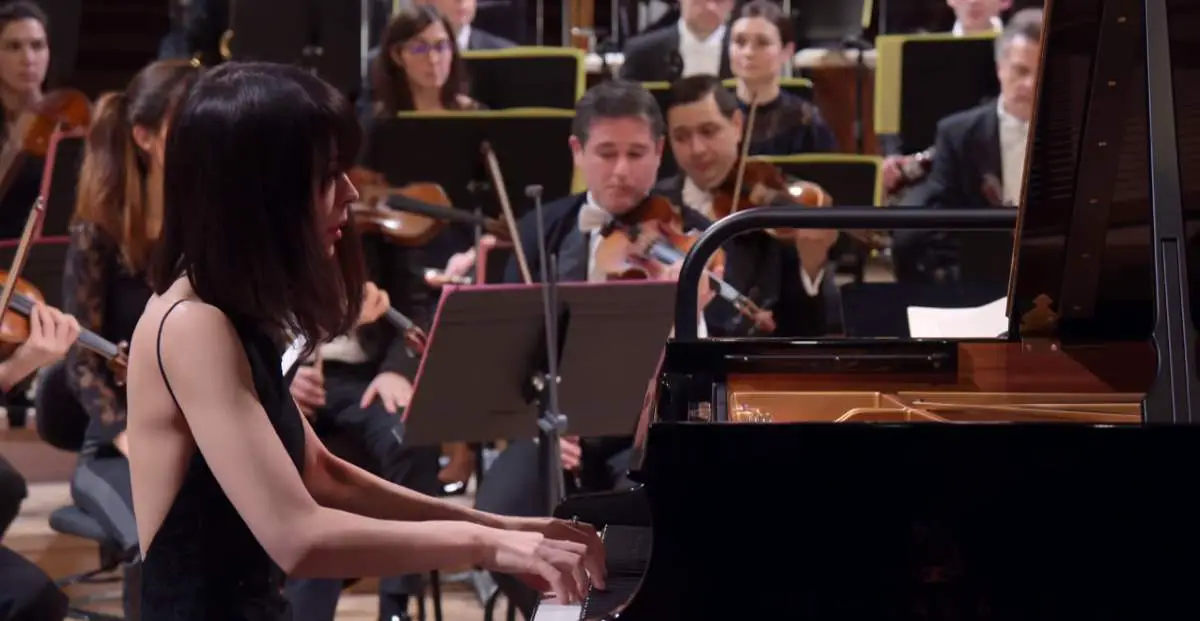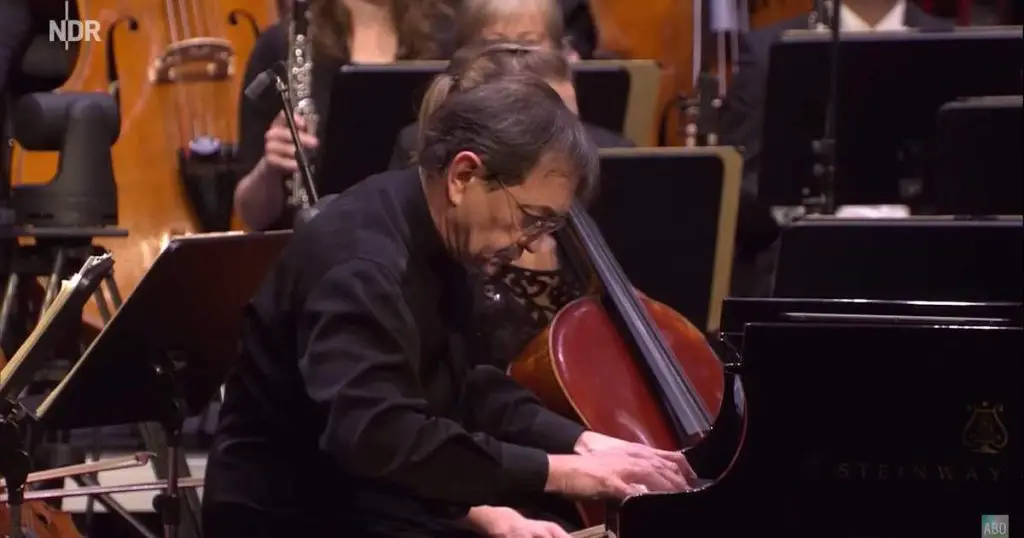Accompanied by the Wiener Philharmoniker (the Vienna Philharmonic Orchestra), Italian classical pianist Maurizio Pollini plays Ludwig van Beethoven’s Piano Concerto No. 3 in C minor, Op. 37. Conductor: by Karl Böhm.
Beethoven’s Piano Concerto No. 3
As is standard for Classical/Romantic-era concertos, the work is in three movements:
- Allegro con brio
- Largo
- Rondo. Allegro
Beethoven composed this work in 1799-1800 and introduced it in Vienna on April 5, 1803. The first sketches go back to 1797 – after he’d composed the B flat Piano Concerto (published as No. 2), but before the composition of the C major Concerto (in 1798, published as No. 1).
Although Beethoven played the first performance of No. 3 in 1803 from a short score – no one was going to steal it from him! – he’d actually completed the music prior to April 1800, apart from a few last-minute adjustments. In other words, before he wrote the Second Symphony (Op. 36), the Moonlight Piano Sonata (Op. 27/2), or the Op. 31 triptych for keyboard.
The model for this startlingly dramatic concerto was Mozart’s C minor (K. 491), which Beethoven played in public concerts. But “model” does not mean he merely imitated; indeed, the orchestra’s traditional first exposition is so extensively developed that the soloist’s repetition risks sounding anticlimactic.
Otherwise, as Charles Rosen has written with formidable insight in The Classical Style, “There are many passages in the first movement, Allegro con brio, which allude to Mozart’s concerto in the same key… particularly the role of the piano after the cadenza. But the striking development section, with a new melody half-recitative and half-aria, is entirely original, as is the new sense of weight to the form.”
Beethoven wrote down that cadenza several years later, to preserve the work’s character and momentum, when implacable deafness seriously disadvantaged his public appearances at the keyboard.
To his contemporaries the slow movement came – and can still come – as a shock. Not only did he mark it Largo (which is to say very slowly), in 3/8 time, but chose the remote key of E major (four sharps, vs. C minor’s three flats).
Alone, the piano leads off for 11 measures, introducing both the main theme and ornamentation that accompanies it throughout. Here Beethoven anticipated the solo opening of his G major Fourth Concerto five years down the road, although in that work he dispensed with thematic decorations, beautiful as they were (and are) in the Largo of No. 3.
Characteristically, the finale is a rondo Allegro, again in tonic C minor, with a pair of principal themes introduced by the soloist. This movement is rich in humor yet also dramatic, with a passage midway in E major to remind us where we’ve been. Following another (but brief) cadenza, Beethoven switches to C major, accelerates the tempo to Presto, and gives the orchestra the last word.
Sources
- Piano Concerto No. 3 (Beethoven) on Wikipedia
- Beethoven – Piano Concerto No. 3 in C minor on ClassicFM.com

